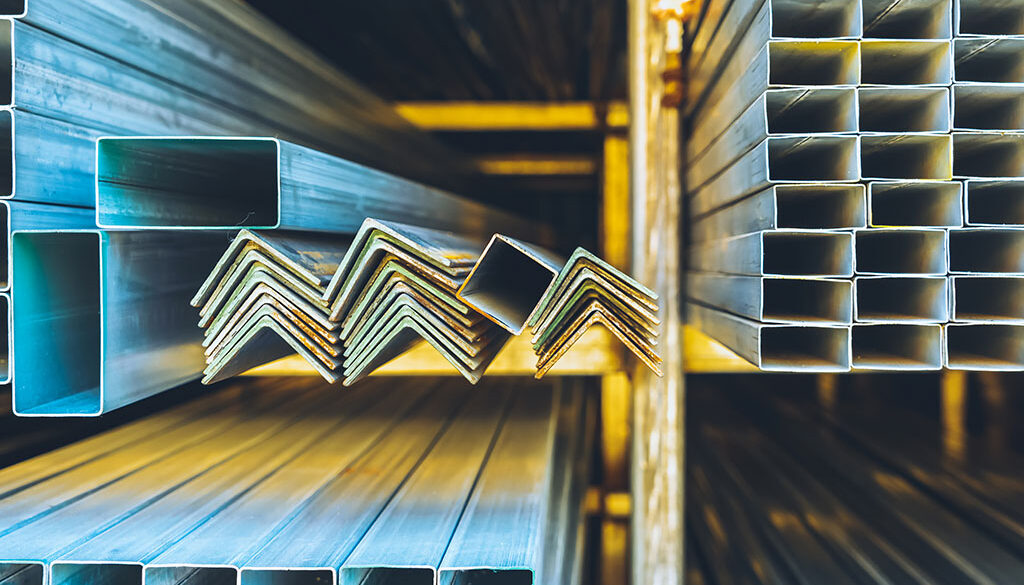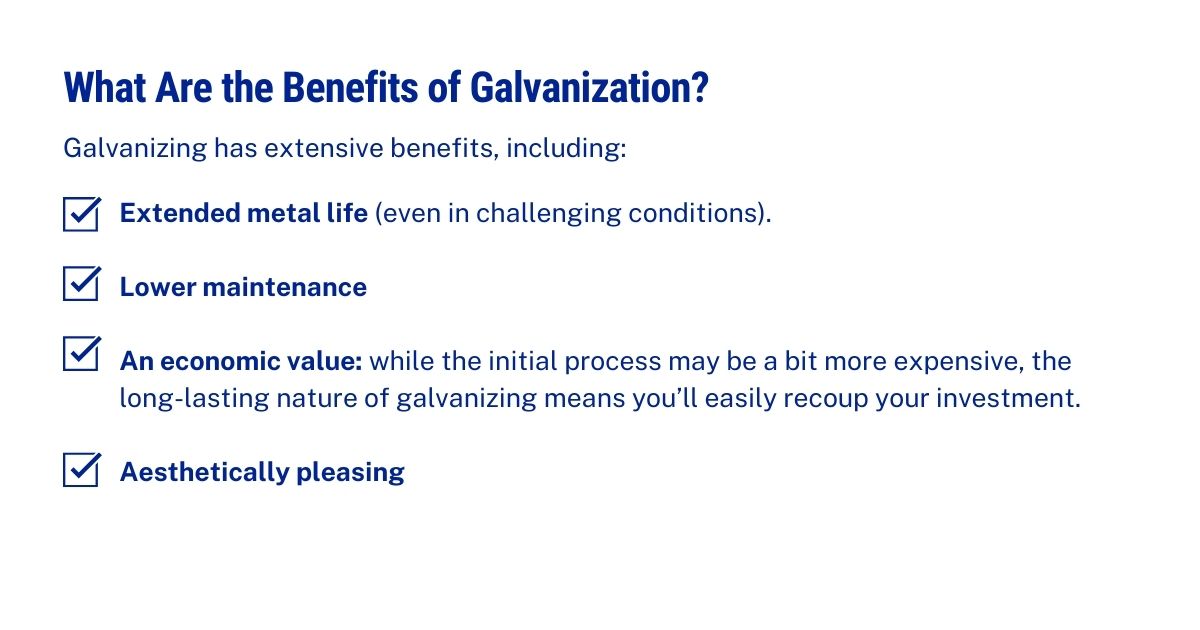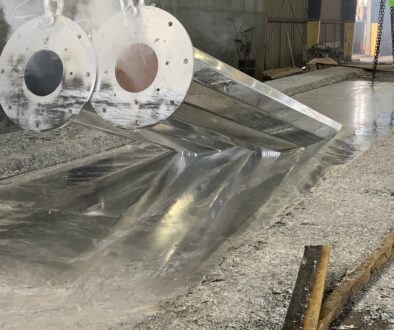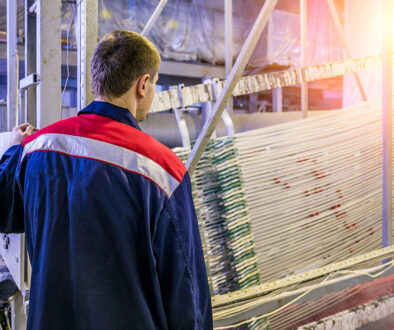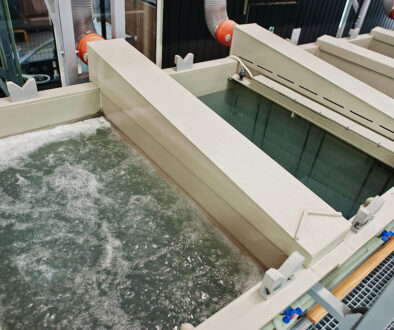How to Tell If Metal Is Galvanized: Decoding the Facts
When you work on any project—whether large or routine—it’s crucial to understand the type of metal you’re using and how it has been treated. Galvanizing is a process that helps ensure the metal lasts longer in even the most demanding conditions. But do you know how to tell if metal is galvanized? The answer is key to your success.
We’ll take a closer look at how to tell if the metal is galvanized, what clues to look for, and why you should trust the unequaled versatility and protection of galvanization.
How to Tell If Metal Is Galvanized: What Is Galvanization?
Hot-dip galvanization applies a protective layer of zinc to metals, providing a shield of protection. This durability means galvanized materials are perfect for a wide array of applications.
Next, we’ll examine how to tell if metal is galvanized.
How Can You Tell If a Metal Has Been Galvanized?
We’ll review each of these useful techniques to determine if the metal has been galvanized:
Visual Inspection of the Surface
Often, a careful look will provide useful clues. Look for:
- A spangled appearance: This spangled pattern is due to zinc crystallization.
- A dull gray color: Many are surprised to know that galvanized materials have more of a matte finish. This is because the protective layer of zinc interacts with the harsh environment.
Chemical Testing
For this test, you’ll need an acid or alkali solution. If the drop of acid produces bubbles, this is a clue that the metal surface may be galvanized.
Non-Destructive Testing
If you want to conduct a test without damaging the materials, you can use ultrasonic testing to gauge the thickness of the coating or to tell if the metal is galvanized.
Laboratory Testing
Running tests in a certified laboratory is perhaps the most reliable manner to unequivocally detect if a metal is galvanized.
How Thick Is Hot-Dip Galvanizing?
There is some variation in the thickness of hot-dip galvanizing depending on how it’s applied.
At South Atlantic, we follow the ASTM A123 specification standard. This sets the range for hot-dip galvanizing to 1.4 to 3.9 mils. to have effective corrosion protection.
Our hot-dipped galvanizing services have got you covered, whether you’re working on transportation infrastructure or protecting solar panels from the elements. Request a quote to get started today.
How Can You Tell If a Metal Is Zinc-Coated?
We reviewed some of these techniques above, covering visual inspection clues, as well as chemical testing.
In addition, you’ll discover the difference by comparing weights. The coating in galvanized metals weighs a bit more than non-galvanized metals.
What Is Galvanization?
During this process, the metal is hot-dipped into a molten layer of zinc. Zinc serves as natural corrosion protection, strengthening the metal. This makes hot-dip galvanizing a great choice to prepare metals such as steel for a wide variety of projects.
The zinc barrier protects the underlying metal from moisture and other factors that cause corrosion.
Want to learn more about the longevity of galvanized steel? Visit The American Galvanizers Association’s life-cycle cost calculator.
South Atlantic Has You Covered for the Best in Galvanization
What good is your end product if it doesn’t remain strong after decades? Why watch your efforts be rusted away when the harsh environment takes hold?
Our hot-dipped galvanizing services ensure you have the best product for your latest job. Our reliability and logistical assistance mean that you’ll never have to worry about the expense of missed deadlines and dissatisfied clients.
Contact us to see why we’ve been a trusted provider of galvanization services and galvanized materials. We’ve got you covered!

